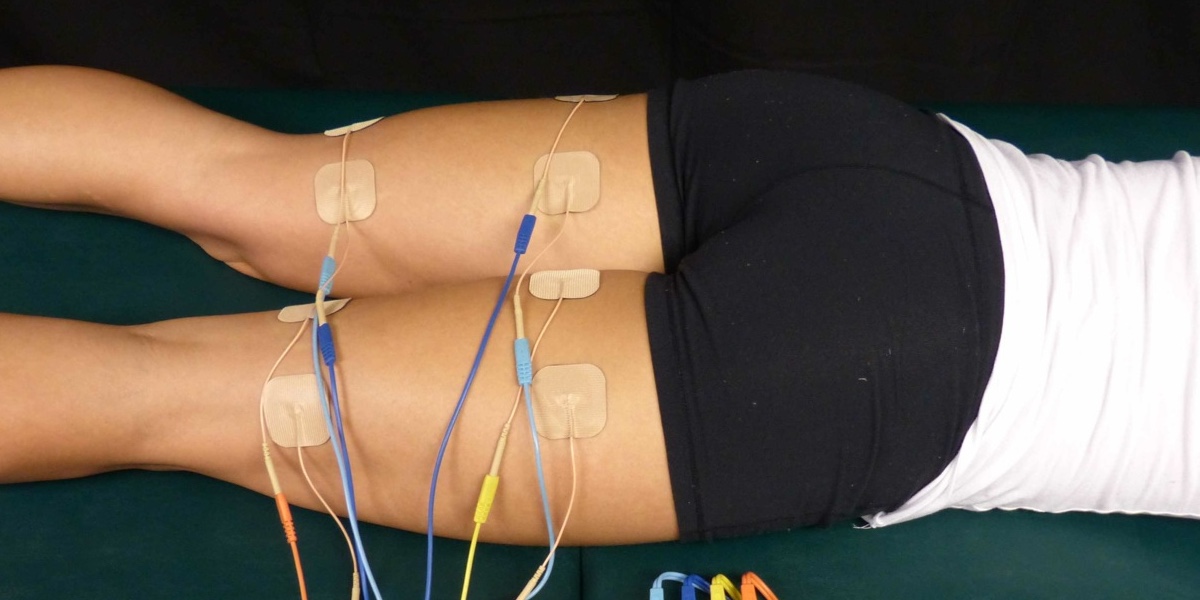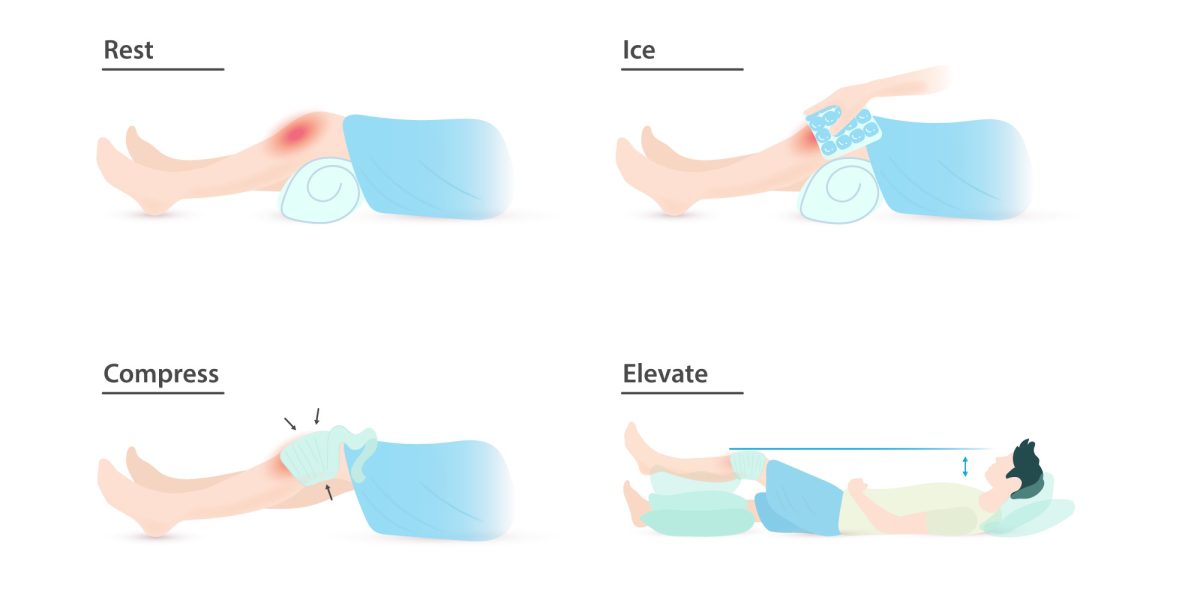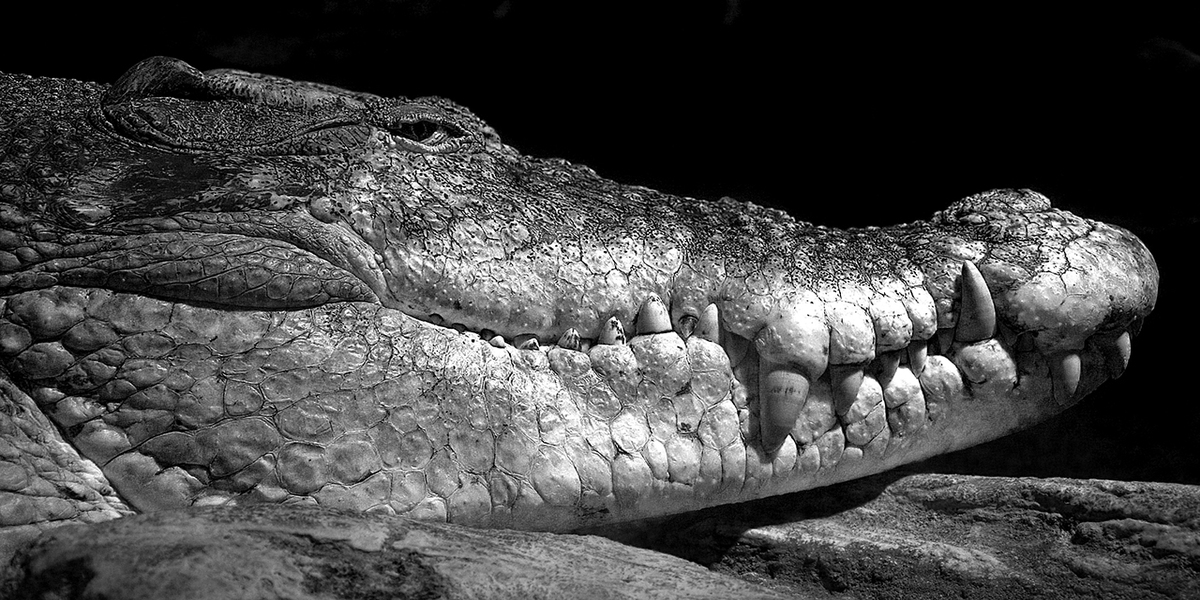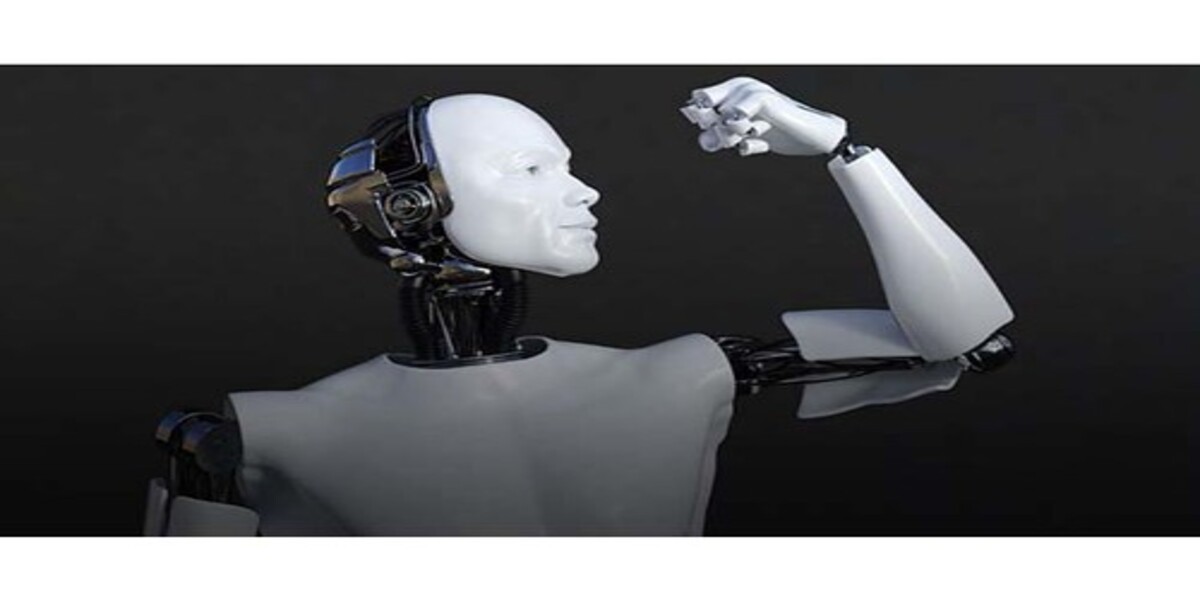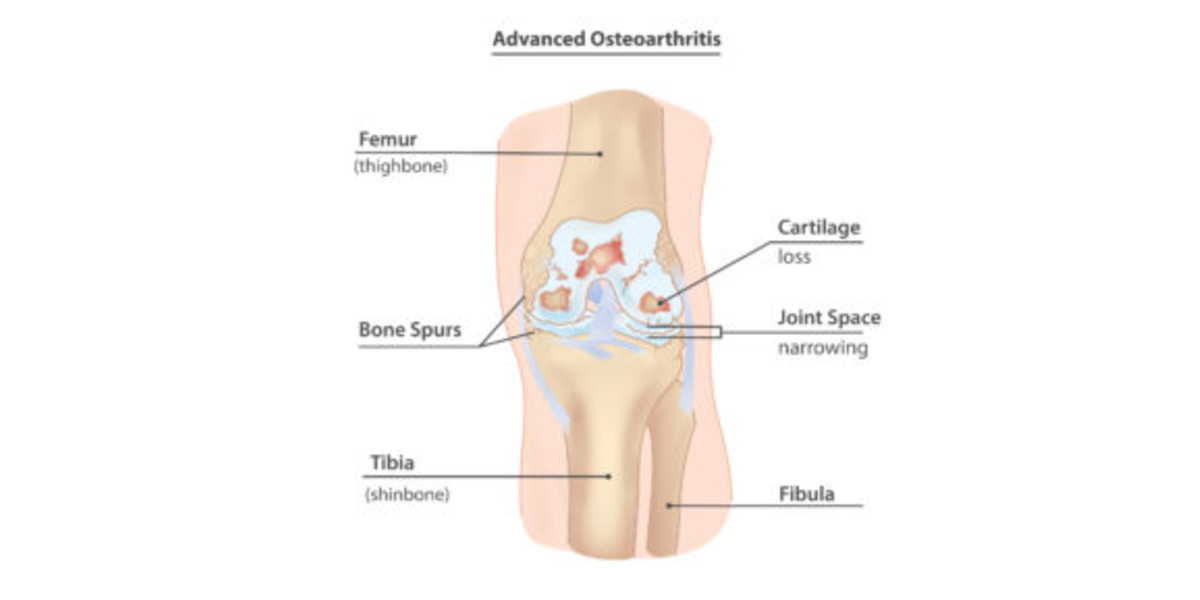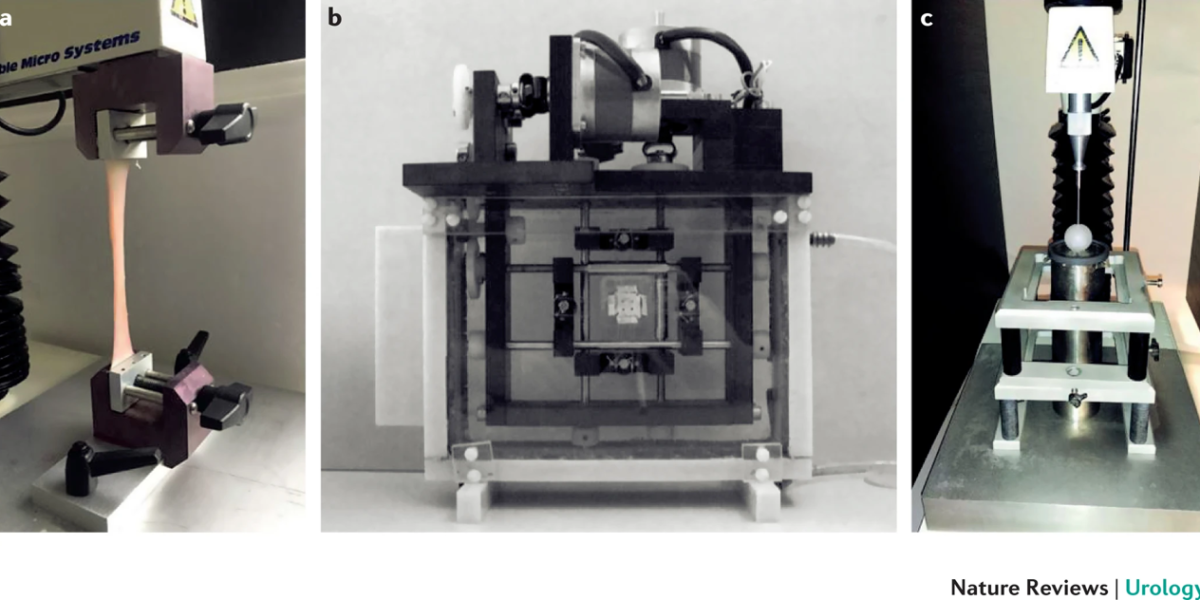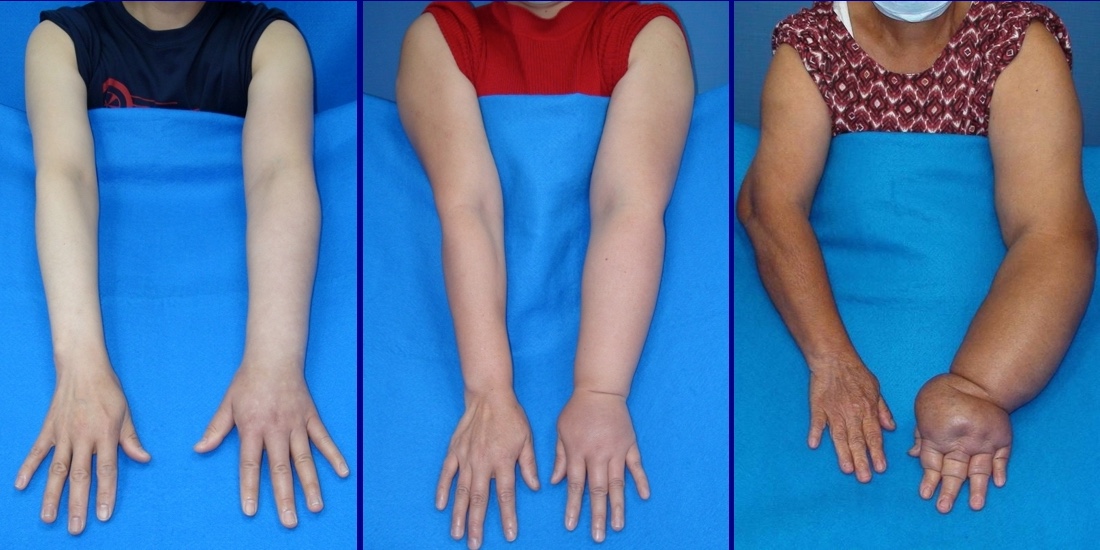Power to many is control, electricity, or strength depending on what one is talking about. But to muscles, it involves all three. When at the gym and thinking that someone looks powerful they usually have a lot of muscle. However, to control or activate all that muscle and use their strength it requires electrical power.
Continue reading “Power in Muscles”Category: 2024 Fall
Cramping My Style: The Biomechanics Behind Period Pain
Imagine this: you’re jolted awake in the dead of night, disoriented and feeling a sharp, relentless pain radiating through your lower abdomen. Glancing at the clock, it’s only 3 a.m., but you already know the culprit. Your period has arrived—along with the familiar, sometimes debilitating cramps that will have you reaching for ibuprofen every few hours just to make it through the day. For as high as 45-95% of people who menstruate, this monthly pain feels inevitable, with studies showing that dysmenorrhea is one of the most common gynecological conditions. In this post, we’ll explore the biomechanics of period cramps, diving into what’s causing that pain, how your muscles and nerves are involved, and ways to find relief.
Continue reading “Cramping My Style: The Biomechanics Behind Period Pain”What are the RICE Method’s Impacts on the Healing Process Following Muscle Injuries?
Have you ever been instructed to use the RICE protocol? Maybe you twisted your ankle on a root, slipped and fell hard on a patch of ice, or pulled your hamstring in an intramural soccer match. Rest, Ice, Compression, and Elevation is the common advice for immediate management of a soft tissue injury. But when you wrap a swollen calf, cover it with ice, and prop it on a pillow, what is actually going on beneath the skin? You may be able to feel the numbing cold of the ice and the compressive pressure of the wrap, but what about the healing processes that are harder to distinguish?
Continue reading “What are the RICE Method’s Impacts on the Healing Process Following Muscle Injuries?”Diving Deep into the Depths: Exploring Biomechanical Adaptations of Deep-Sea Creatures
If you’ve ever been at the bottom of a deep pool or body of water, then you’ve been able to feel some effects of water, also known as hydrostatic, pressure. Your ears begin to pop, your nasal cavity starts to feel a lot of pressure, and your eyes begin to feel compressed. Now imagine diving 10,000 ft deep, where you’d feel 300 times the pressure you would feel during that small dive. Your bones would begin to crush and crack, your lungs would collapse, and much more. We still know very little about the ocean–it is said that we know more about outer space than the ocean–but as we keep exploring, we learn more about different deep sea creatures–aquatic animals residing over 1,000 m below sea level–and how they survive such immense hydrostatic pressure at abysmal depths. By discovering more about their physical adaptations, we can design better vehicles or modes of withstanding these high pressures to venture deeper into the sea. So, how do these creatures survive such immense pressures? What do they have biomechanically that we don’t possess?
Colossal Predators: What does a Crocodile’s Bite Force and Jaw Shape say about its Diet?
Crocodiles have been an apex predator since the age of the dinosaurs, and there is no questioning what is keeping them at the top of the food chain: their jaws. A crocodile’s jaw is capable of snapping shut on their prey with extremely large forces. In fact, the American Saltwater Crocodile’s bite force is the strongest of all measured animals on the planet, weighing in at 3,700psi!
The question is: what attribute of the crocodile contributes most to this bite force?
Continue reading “Colossal Predators: What does a Crocodile’s Bite Force and Jaw Shape say about its Diet?”Evolutionizing ALS Treatment: Can 3D-Printed Muscles Bring Hope to Patients?
ALS (Amyotrophic Lateral Sclerosis, a.k.a. Lou Gehrig’s disease) is is a rare but serious neurodegenerative condition that gradually causes muscle weakness and loss of control, eventually impacting the ability to move, speak, and breathe. It affects around 20,000-30,000 people in the U.S. at any time, with most cases diagnosed between ages 40 and 70.
Current ALS treatments are limited by a focus on symptom management and lack of understanding of the disease’s cause, but new technologies like 3D printing can offer exciting opportunities for innovation, such as custom prosthetics, artificial muscles, tissue engineering, and personalized medicine, which could significantly improve patient outcomes.
Continue ReadingFrom Strain to Pain: Role of Altered Loadings at Joints as Onset for Osteoarthritis (OA)
Featured image courtesy of InjuryMap.
Joint degenerative diseases, such as Osteoarthritis, are an increasing cause of pain and disability in millions of people worldwide, per Sanchez-Adams et. al. As a culture of intense, nonstop work is promoted, people incline to not give their bodies enough time to rest, which has increased the cases of joint injuries, especially those to the lower body; specifically in those populations that are exposed to high intensity physical activity. This is concerning, since it has been discovered that joint injuries provoke an alteration in how these joints distribute loads, drifting from their physiological, or typical/natural, behavior, as demonstrated by Ko et. al. Consequently, this affects the biological response of the bone and cartilage that compose that affected joint, leading to potential degeneration due to the altered mechanotransduction (interpretation of mechanical signals to biochemical ones) interactions of the cell and cartilage forming cells, osteocytes and chondrocytes. This degeneration is what characterizes the concerning and debilitating Osteoarthritis (OA). This leads us to our questions: Why does the altered loading affect my joints? If I suffer an injury, can I prevent the degeneration of my joints and live a long, healthy life?
Continue ReadingAre We Fumbling the Ball on Player Safety?
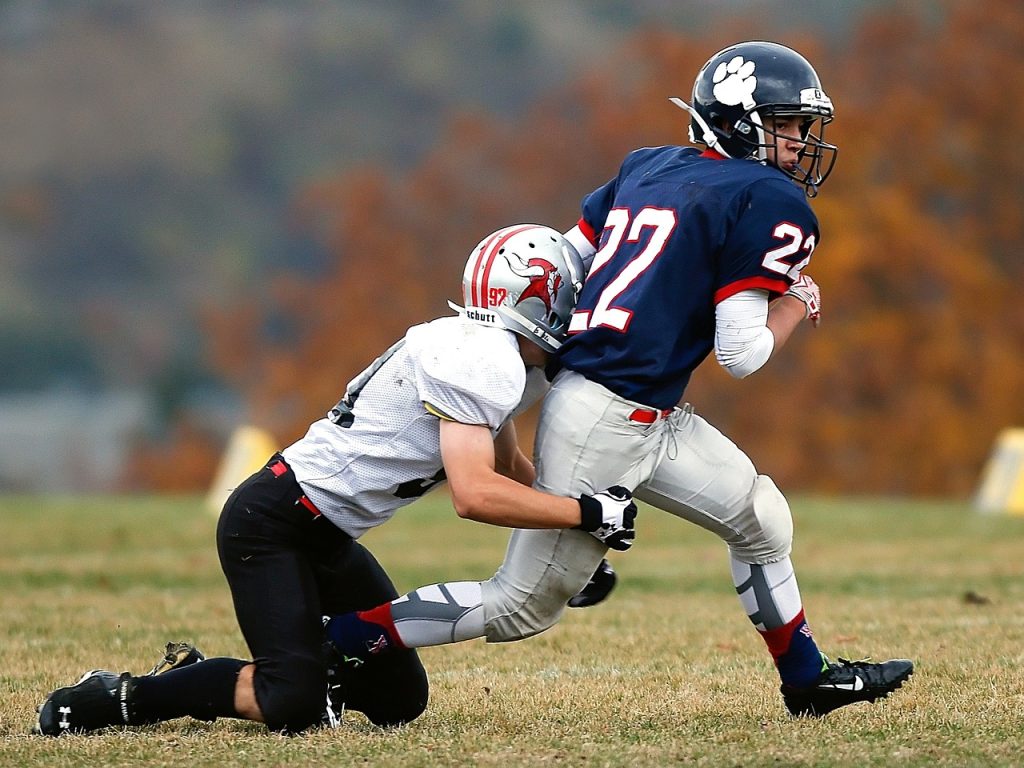
Sports fans, especially those that watch college football (CFB) and the National Football League (NFL), are familiar with players going on “concussion protocol”. The consistent and often violent hits endured each game prompts the discussion of traumatic brain injuries players may experience trying to make a catch or tackle an opponent.
Continue reading “Are We Fumbling the Ball on Player Safety?”Engineering Hope: Advancing Bladder Biomechanics for Life-Changing Solutions
In a quiet hospital room, a young girl sat by her father’s bedside, watching him shift uncomfortably, tethered to a catheter that had become both a necessity and a burden. Her father, once active and independent, had been struggling with spinal cord injury for years. The catheter, while helping him manage his bladder, came with its own set of complications. For people like her father, or those with neurogenic bladder disorder, intractable incontinence, or even bladder cancer, the loss of bladder function can feel like a never-ending cycle of discomfort and distress. Relying on catheters, while necessary, often leads to Catheter Associated Urinary Tract Infections (CAUTI), further worsening their condition and even accelerating disease progression.1
Lymphatic Vessels: Your Body’s Fluid Highway
Have you ever heard about the lymphatic system that runs through your body? This system consists of organs, tissues and vessels that are important because it helps your immune cells move, helps your body absorb nutrients, and helps keep all the fluids balanced within your body. It is important to understand the way this system works, because when this system is damaged or not working properly it can lead to severe swelling of limbs (lymphedema), buildup of fats within your blood vessels which can eventually heart attacks (atherosclerosis), and even can contribute to cancer (To learn more).
Continue reading “Lymphatic Vessels: Your Body’s Fluid Highway”